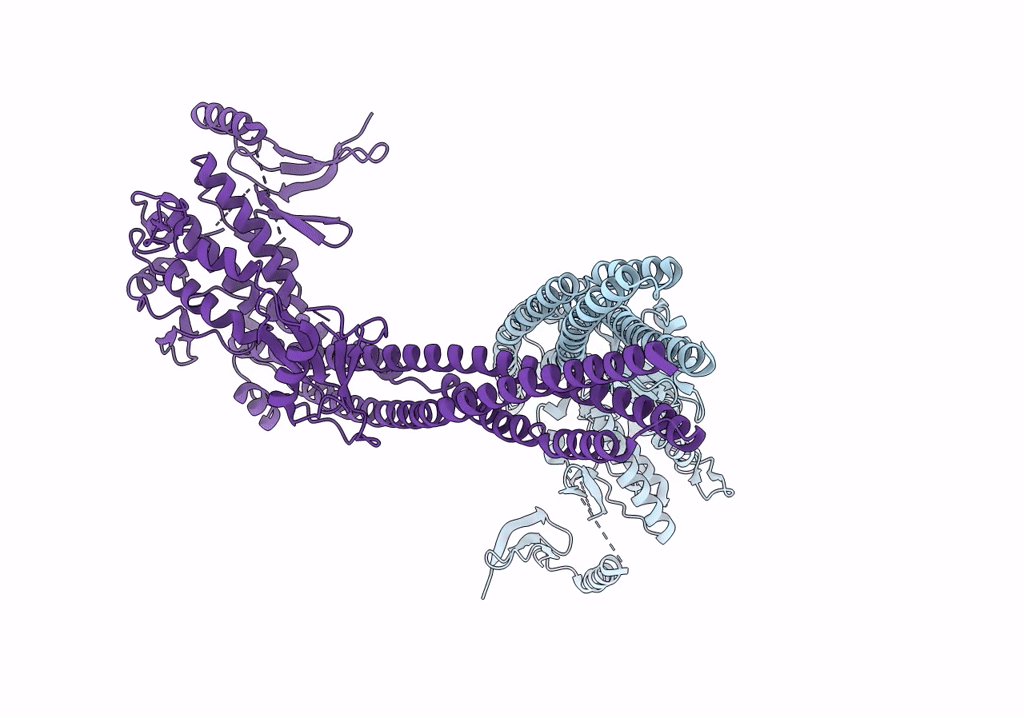
Deposition Date
2016-10-24
Release Date
2016-11-09
Last Version Date
2024-03-13
Entry Detail
PDB ID:
5TQY
Keywords:
Title:
CryoEM reconstruction of human IKK1, closed conformation 3
Biological Source:
Source Organism:
Homo sapiens (Taxon ID: 9606)
Host Organism:
Method Details:
Experimental Method:
Resolution:
5.20 Å
Aggregation State:
PARTICLE
Reconstruction Method:
SINGLE PARTICLE


